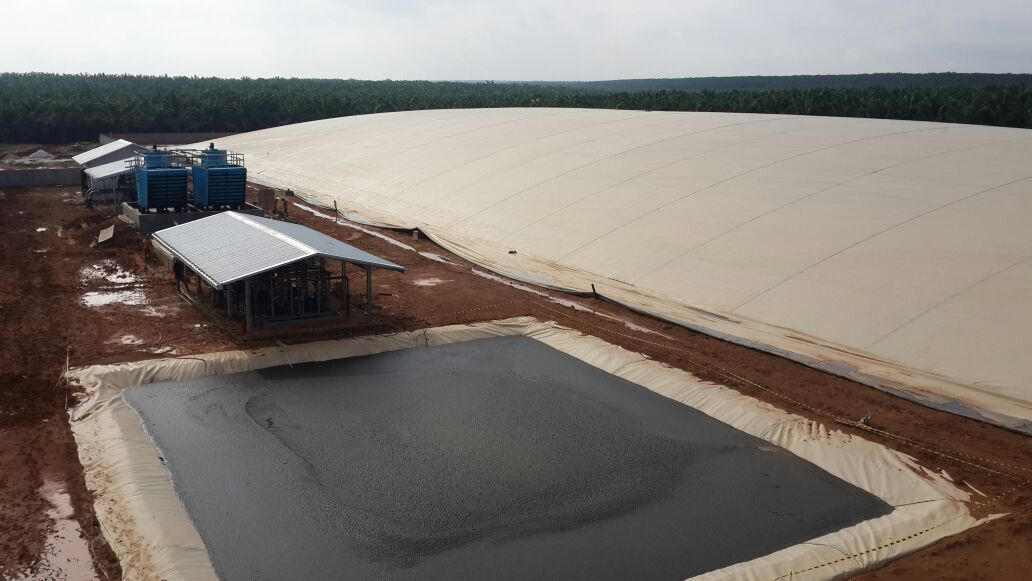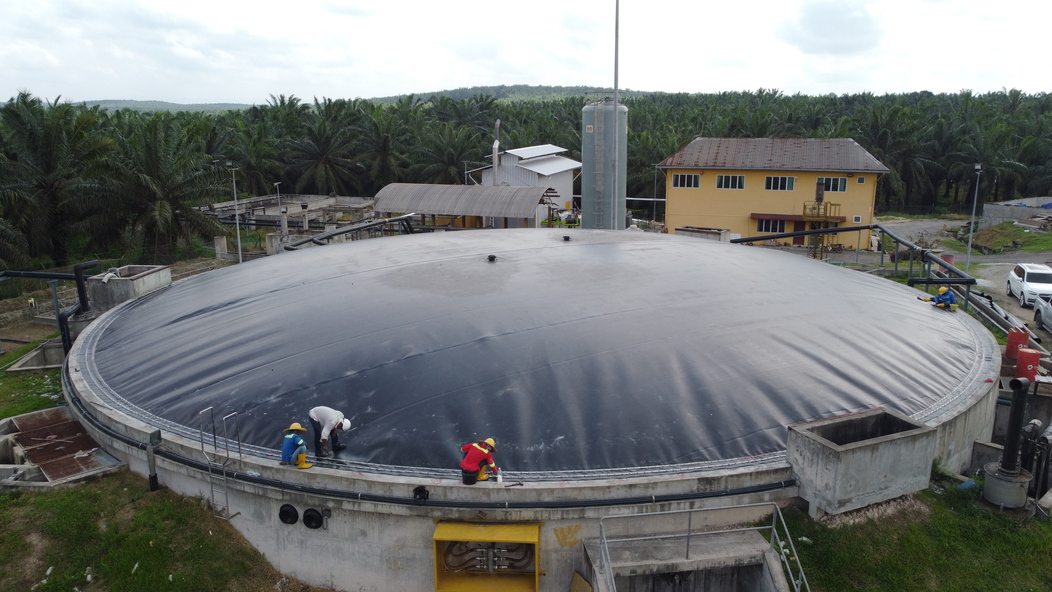Biogas Lagoon Pond Malaysia
Biogas Lagoon Pond Malaysia benefits significantly from HDPE geomembranes, which provide a reliable barrier against water and gas seepage. Their impermeability helps in maintaining the integrity of the biogas lagoon pond, preventing contamination of surrounding soil and groundwater. This ensures that the biogas production process in Malaysia remains efficient and that the environmental impact is minimized.
Another advantage is the geomembranes' resistance to aggressive chemicals and gases typically found in biogas lagoon ponds. HDPE geomembranes are highly durable and can withstand the harsh conditions within the lagoon, including exposure to methane and other byproducts. This durability reduces the need for frequent repairs and replacements, leading to lower long-term maintenance costs.
Additionally, HDPE geomembranes are resistant to UV radiation, which is crucial for outdoor biogas lagoon ponds. Their ability to endure prolonged sunlight exposure without degrading ensures long-lasting performance. This makes them a cost-effective choice for ensuring the longevity and reliability of Biogas Lagoon Pond Malaysia, ultimately supporting sustainable biogas production.
Key benefits:
- Provide positive water containment
- Prevents loss of dissolved oxygen
- Helps maintain water quality
- Improving the work environment
- Setting erosion control
- Lower maintenance costs
- Reduce the risk of disease
- Managing garbage disposal
- Harvesting facilities
- Increase lap time between corps


A biogas lagoon pond is an engineered system designed for the treatment of organic waste while capturing biogas as a renewable energy source. The lagoon, typically lined with impermeable materials, houses anaerobic bacteria that break down organic matter such as animal manure or wastewater. During this process, biogas—comprising primarily methane—is generated and can be harvested for electricity, heat, or fuel, making it a sustainable solution for waste management.
